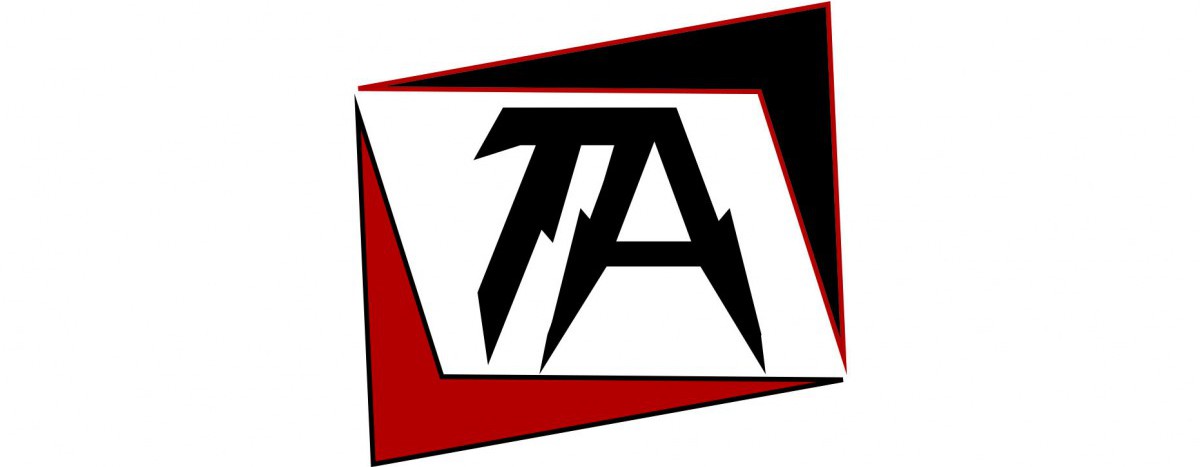![20150513_103514[1]](https://openlab.citytech.cuny.edu/tarocho-eportfolio/files/2015/05/20150513_1035141-e1431804757638-168x300.jpg)
![20150513_103520[1]](https://openlab.citytech.cuny.edu/tarocho-eportfolio/files/2015/05/20150513_1035201-e1431804732312-168x300.jpg) During the previous class, we took a trip to Chelsea Market in midtown Manhattan. It was a rather interesting experience as I had never been there before. From what I saw, this is a place for people with enough money to burn away as many places were rather pricey. It is also a place for people with good reputations, as there are offices for Major League Baseball, The Food Network, and Google/YouTube present in Chelsea Market’s upper floors.
During the previous class, we took a trip to Chelsea Market in midtown Manhattan. It was a rather interesting experience as I had never been there before. From what I saw, this is a place for people with enough money to burn away as many places were rather pricey. It is also a place for people with good reputations, as there are offices for Major League Baseball, The Food Network, and Google/YouTube present in Chelsea Market’s upper floors.
Two pieces of art that struck my curiosity both involve smiling flowers. Both of these artworks intrigued me because while both use the same image of a smiling flower, they are represented very differently. For example, one of them shows very few flowers on stems of different lengths in an outdoor setting. However, the other one only shows flower faces overlapping one another in various colors, such as red and what appears to be photo-negative.
These two works of art were printed by lithography. In modern lithography, the image is made of a polymer coating applied to a flexible aluminum plate. The image can be printed directly from a plate that shows a reversed image. It can also be printed offset by transferring the image onto a flexible rubber sheet for printing and publication.
The artist behind these paintings, Takashi Murakami, used his own unique style called “superflat” to create them. Superflat can be described as “the aesthetic characteristics of the Japanese artistic tradition and the nature of post-war Japanese culture and society.” Murakami’s portrayal of superflat comes from modern Japanese pop-culture, such as anime. More importantly, the purpose of this style is a way of not conforming to modern contemporary Japanese art, which Murakami felt was mainly comprised of Western trends.
It can be said that while both art pieces seem interesting, it can also be very confusing to decipher. Art like this has a very limited audience. It is due to how surreal this art form is opposed to many other styles. Individuals who are very into modern art will easily enjoy and understand it as Murakami’s work can be compared to that of Andy Warhol. Almost anyone else who is into Renaissance art (like myself) or is just a very casual observer would only find interest from just a glance and nothing else. Overall, this form of visual communication is not completely effective.



